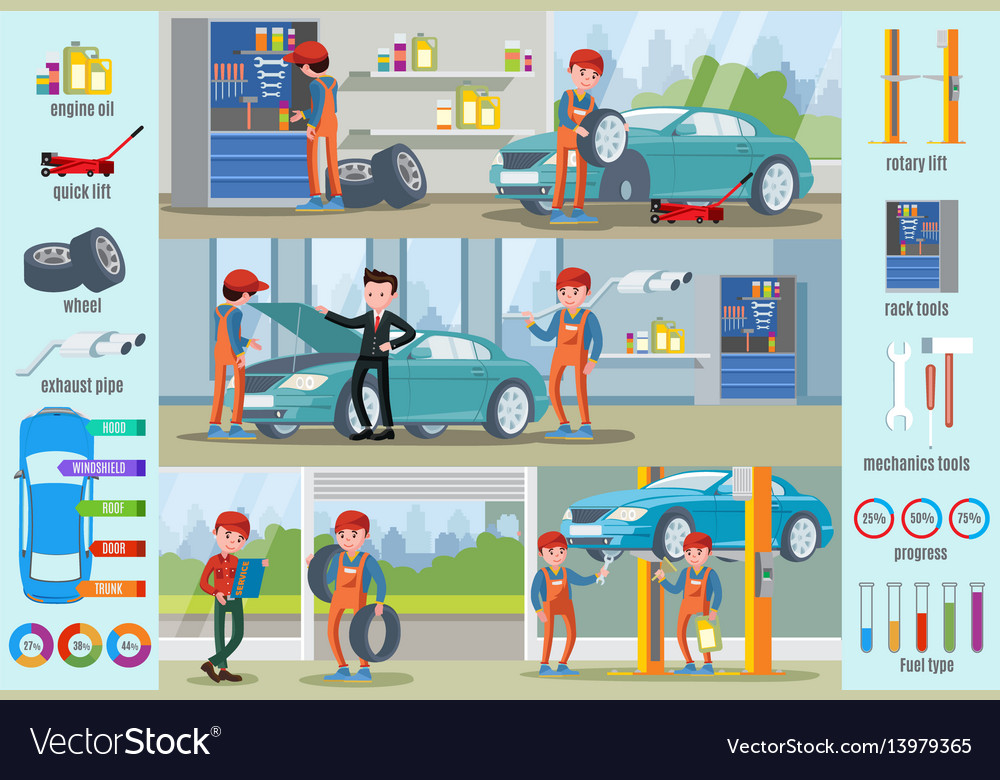Eager To Understand What The Control Panel Caution Lights In Your Cars And Truck Indicate? Explore Their Definitions For The Wellness And Safety Of Your Automobile
Eager To Understand What The Control Panel Caution Lights In Your Cars And Truck Indicate? Explore Their Definitions For The Wellness And Safety Of Your Automobile
Blog Article
commercial vehicle detailing -Faulkner Dalgaard
When you're behind the wheel, those glowing caution lights on your control panel can be a bit difficult. Do you know what they're trying to inform you regarding your vehicle's health and wellness? Recognizing the value of these lights is important for your safety and the long life of your car. So, the next time among those lights pops up, wouldn't you intend to decode its message accurately and take the needed steps to address it?
Common Caution Lights and Interpretations
Recognize common caution lights in your car and comprehend their definitions to make sure secure driving.
One of the most typical caution lights include the check engine light, which signals issues with the engine or exhausts system. If this light comes on, it's crucial to have your automobile examined quickly.
The oil stress cautioning light suggests low oil pressure, requiring instant interest to avoid engine damages.
A blinking battery light may recommend a damaged billing system, potentially leaving you stranded if not dealt with.
The tire pressure tracking system (TPMS) light notifies you to low tire pressure, influencing lorry stability and fuel effectiveness. Disregarding this could bring about unsafe driving problems.
The abdominal light indicates a trouble with the anti-lock stopping system, endangering your capability to stop rapidly in emergency situations.
Lastly, the coolant temperature alerting light warns of engine getting too hot, which can lead to severe damage otherwise settled quickly.
Comprehending web page will assist you attend to problems quickly and keep safe driving problems.
Relevance of Prompt Focus
Comprehending the usual caution lights in your car is only the very first step; the relevance of promptly addressing these cautions can't be stressed enough to ensure your safety on the road.
When a warning light brightens on your dashboard, it's your vehicle's means of interacting a possible problem that requires interest. Disregarding these cautions can cause a lot more extreme troubles down the road, compromising your safety and security and potentially costing you a lot more out of commission.
Motivate focus to cautioning lights can protect against break downs and accidents. For example, a blinking check engine light could show a misfire that, if left neglected, can cause damage to the catalytic converter. Addressing this promptly can save you from an expensive repair work.
Similarly, a brake system advising light may signify reduced brake fluid or used brake pads, critical components for your security when driving.
Do It Yourself Troubleshooting Tips
If you observe a warning light on your control panel, there are a few DIY fixing tips you can attempt before seeking specialist assistance.
The primary step is to consult your cars and truck's guidebook to recognize what the particular caution light indicates. Occasionally the issue can be as straightforward as a loose gas cap activating the check engine light. Tightening up the gas cap might deal with the trouble.
One more typical problem is a reduced battery, which can trigger numerous advising lights. Inspecting the battery links for rust and ensuring they're protected may take care of the problem.
If a warning light persists, you can attempt resetting it by disconnecting the car's battery for a few minutes and then reconnecting it. Furthermore, examining your car's fluid levels, such as oil, coolant, and brake fluid, can help fix advising lights associated with these systems.
Final thought
Finally, comprehending your automobile's caution lights is necessary for maintaining your lorry running smoothly and safely. By promptly attending to these alerts and understanding what they indicate, you can prevent pricey fixings and potential malfunctions.
Bear in mind to consult your vehicle's manual for specific details on each alerting light and take action appropriately to ensure a hassle-free driving experience.
Stay notified, remain risk-free when driving!
